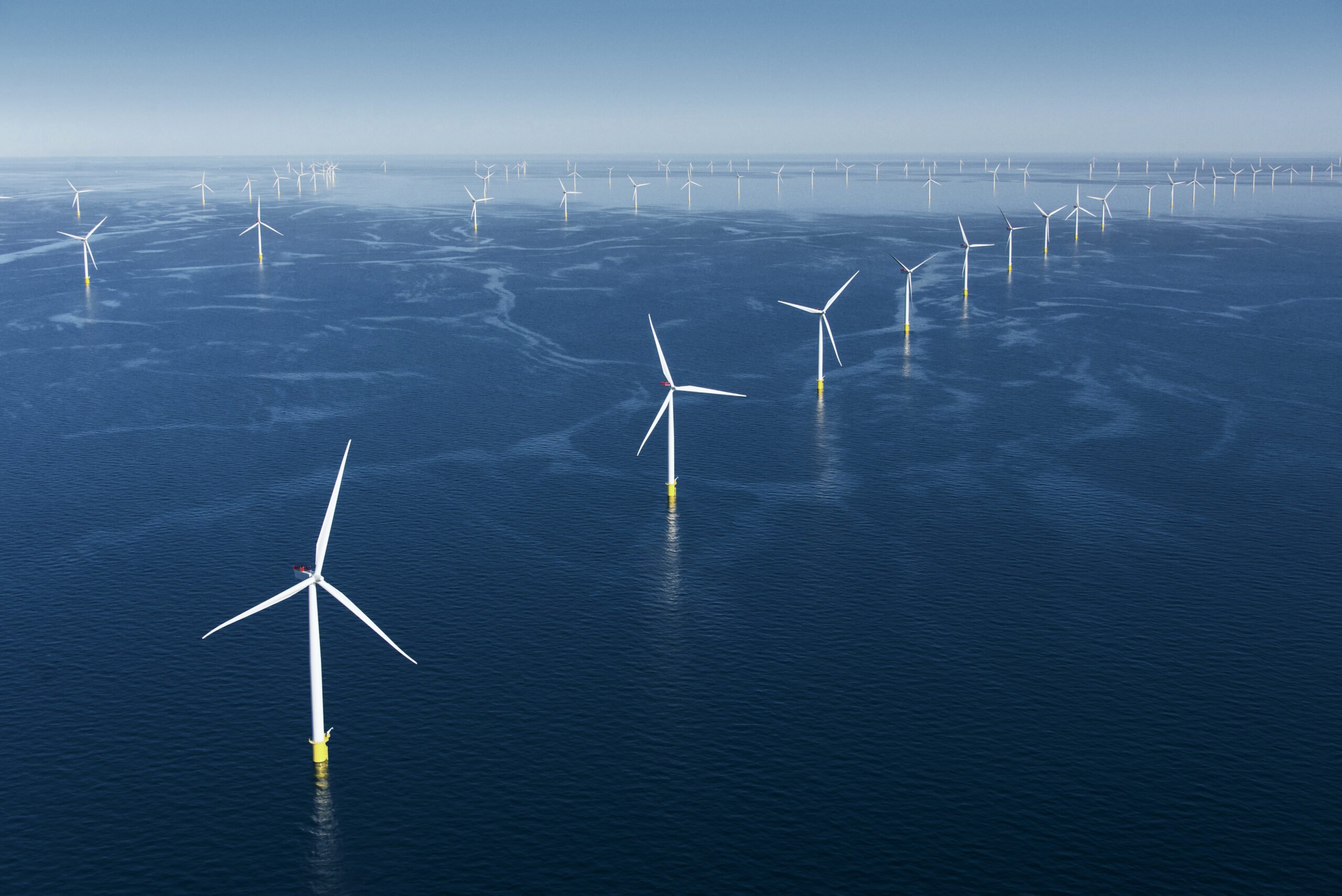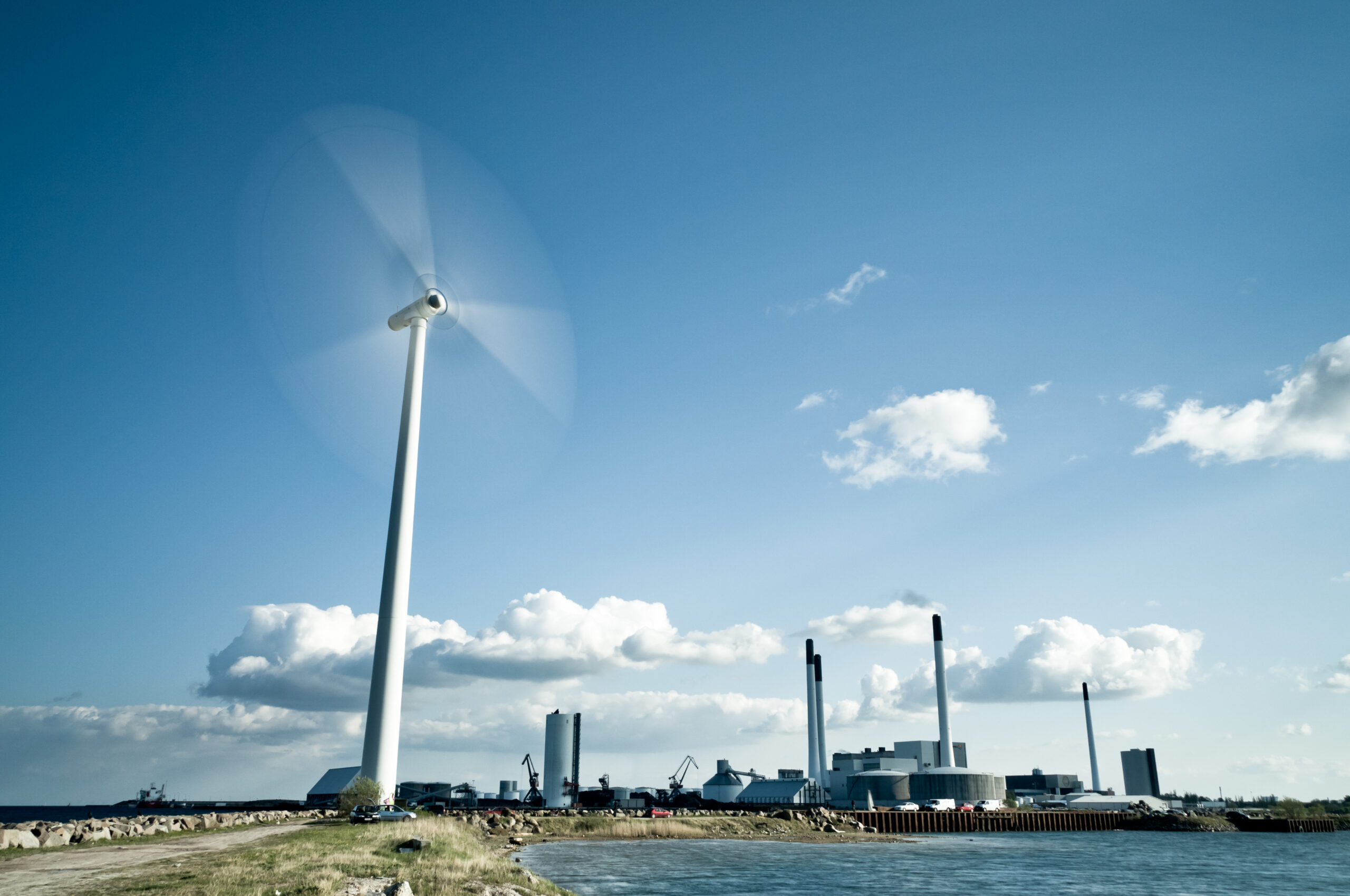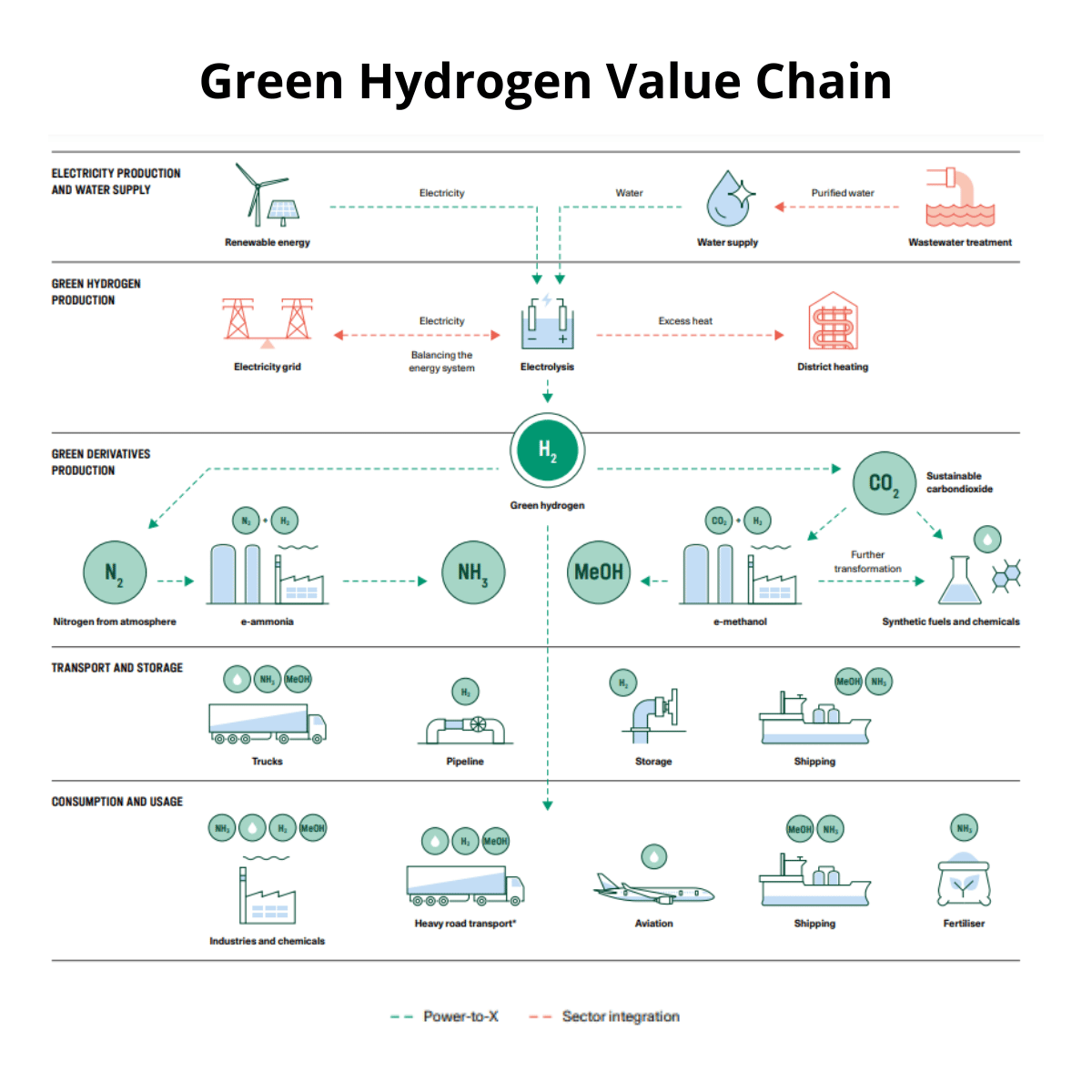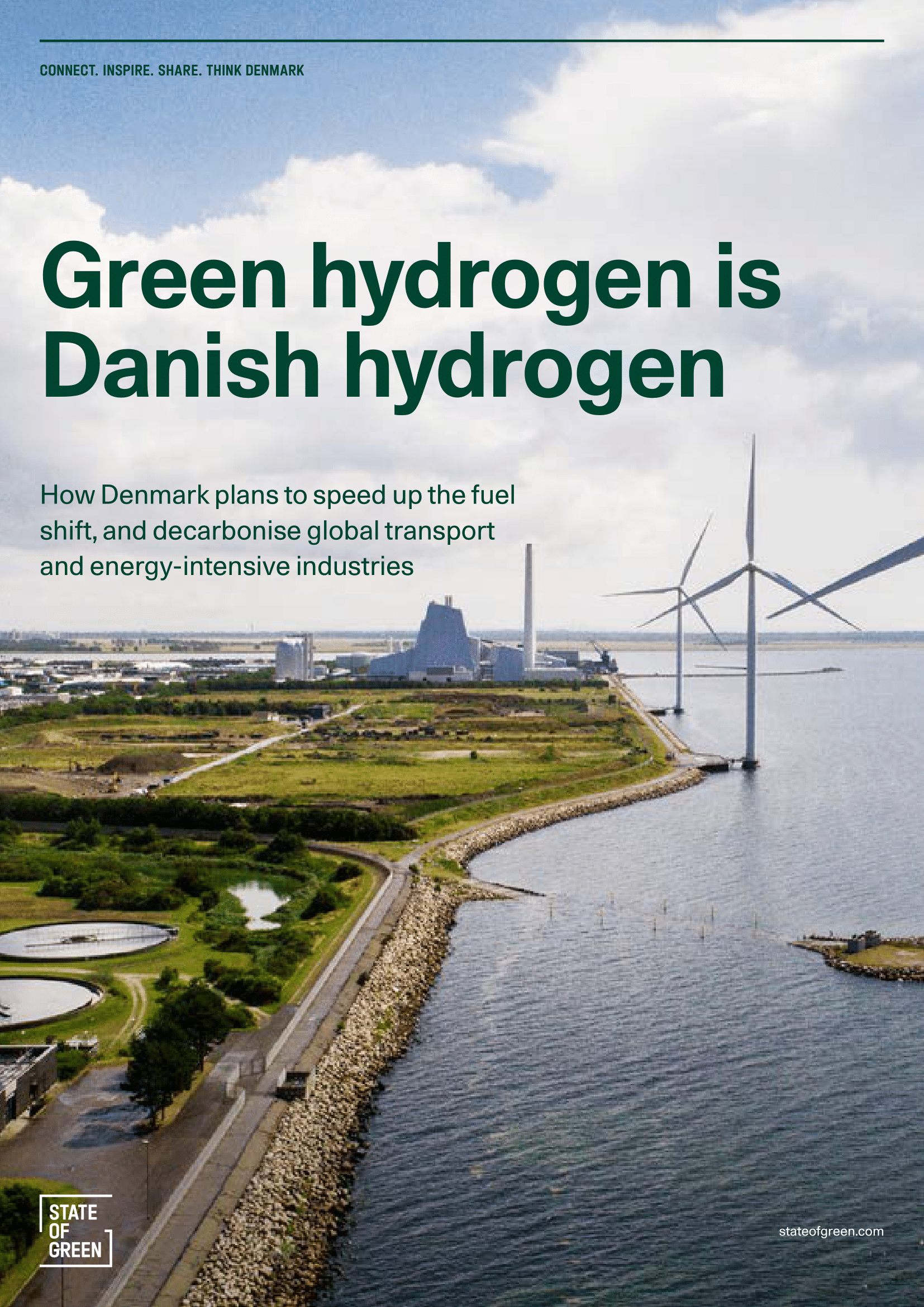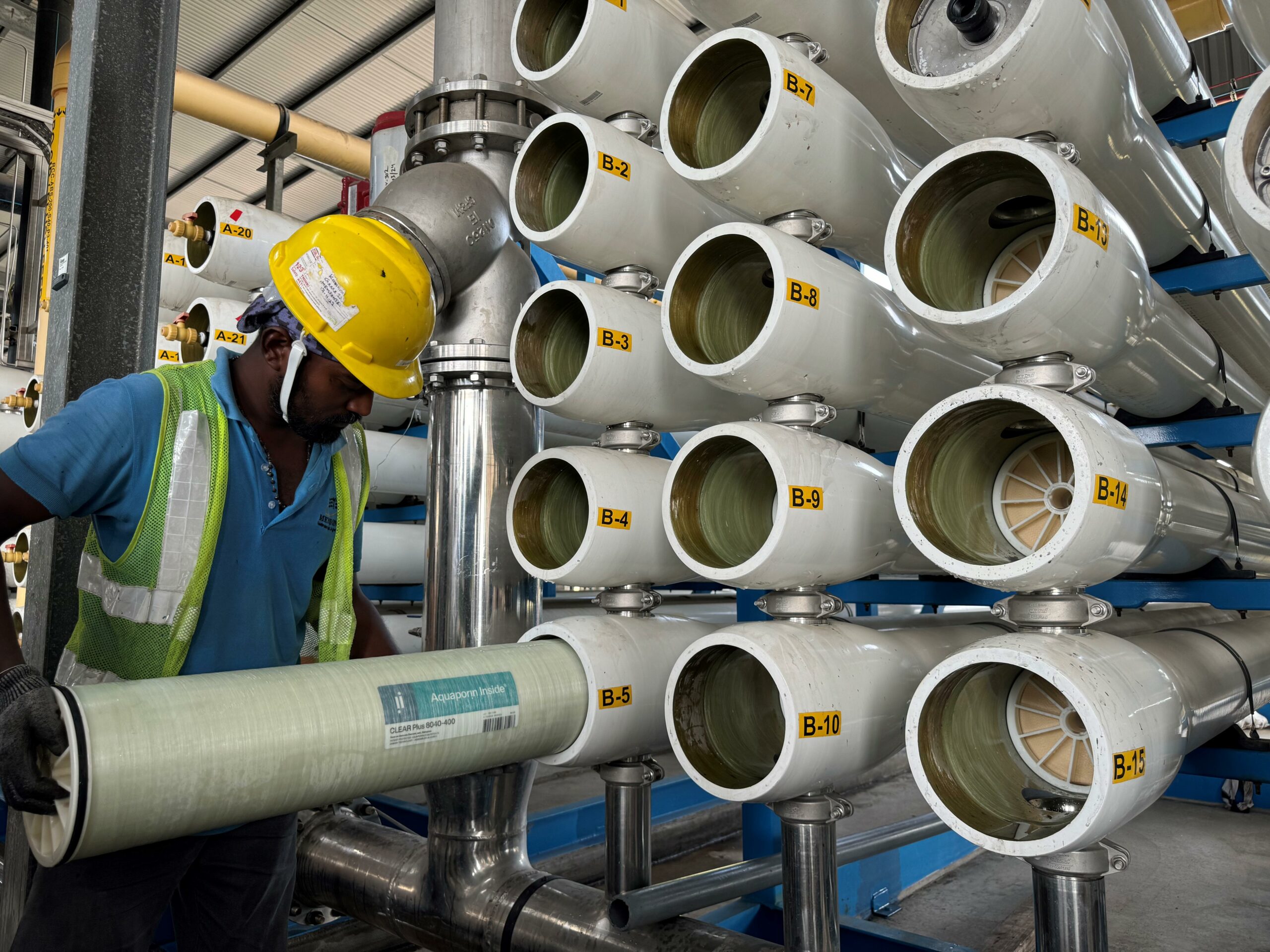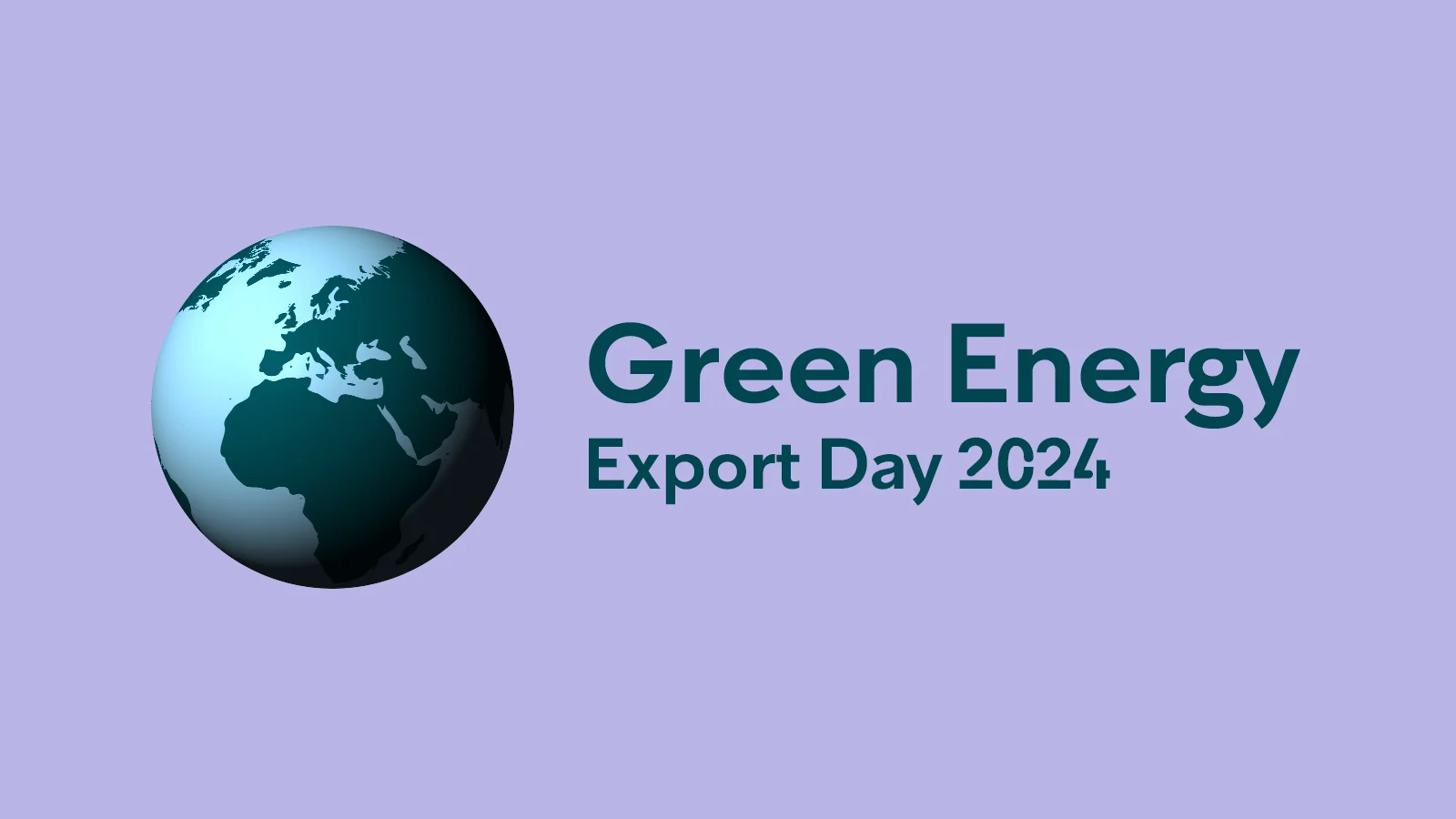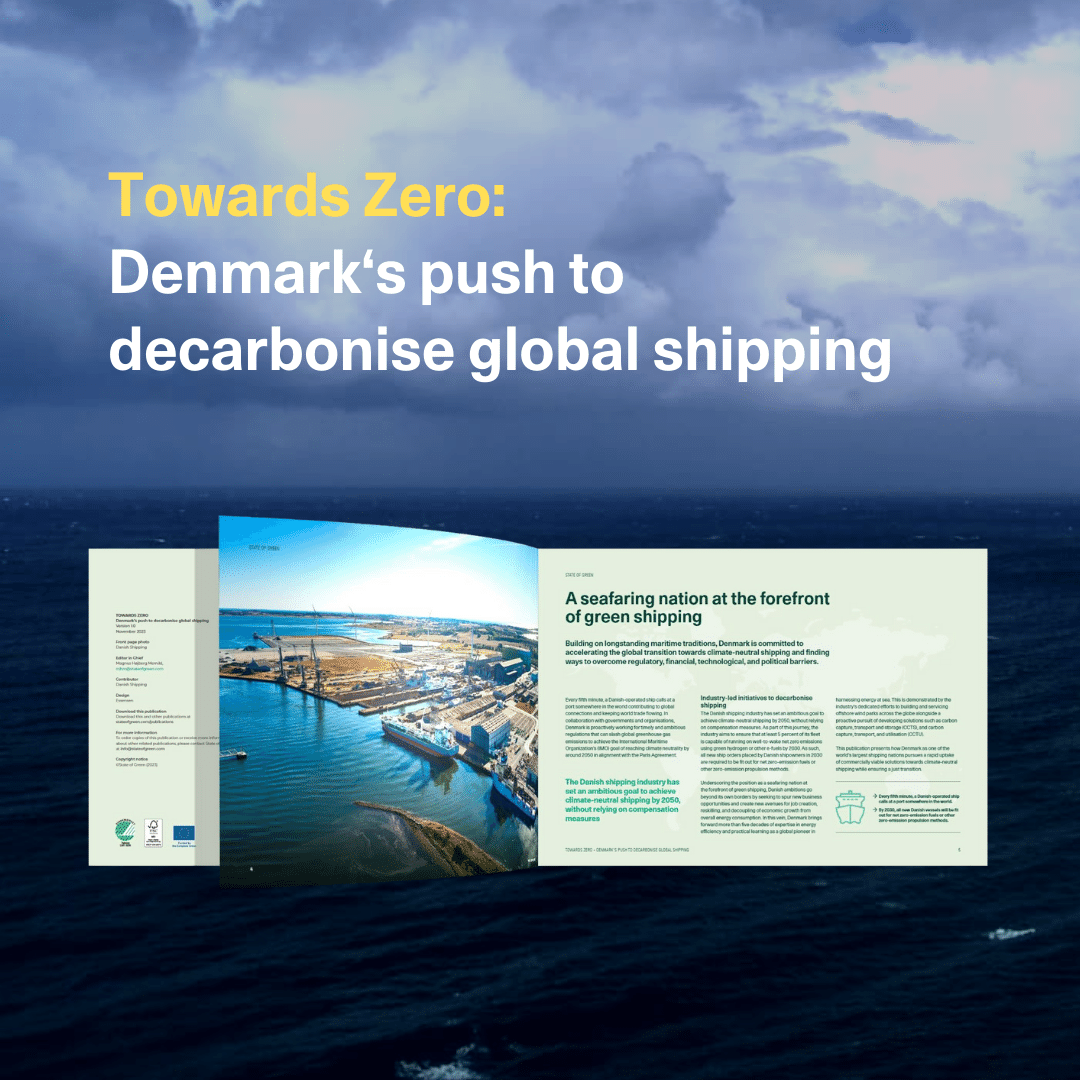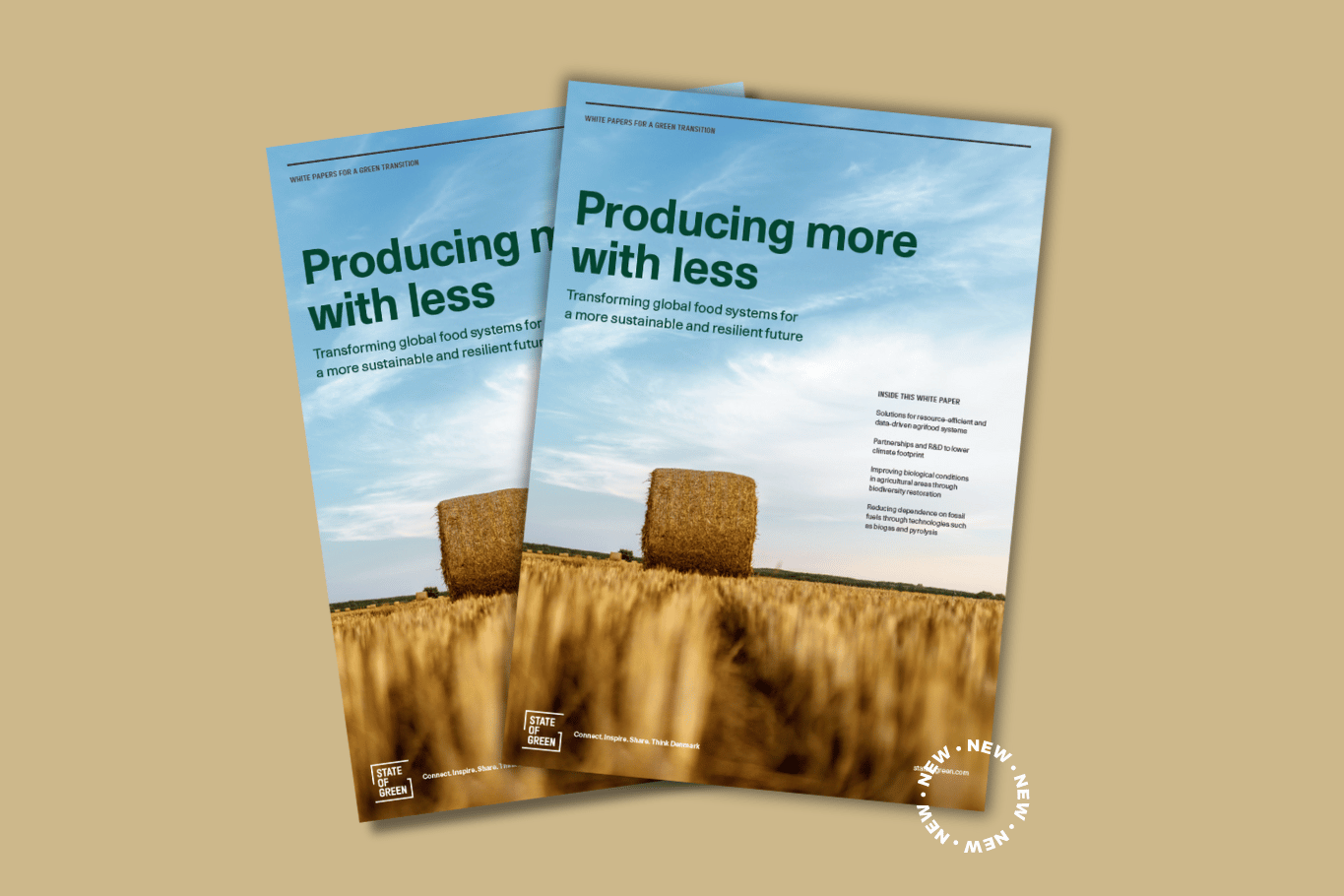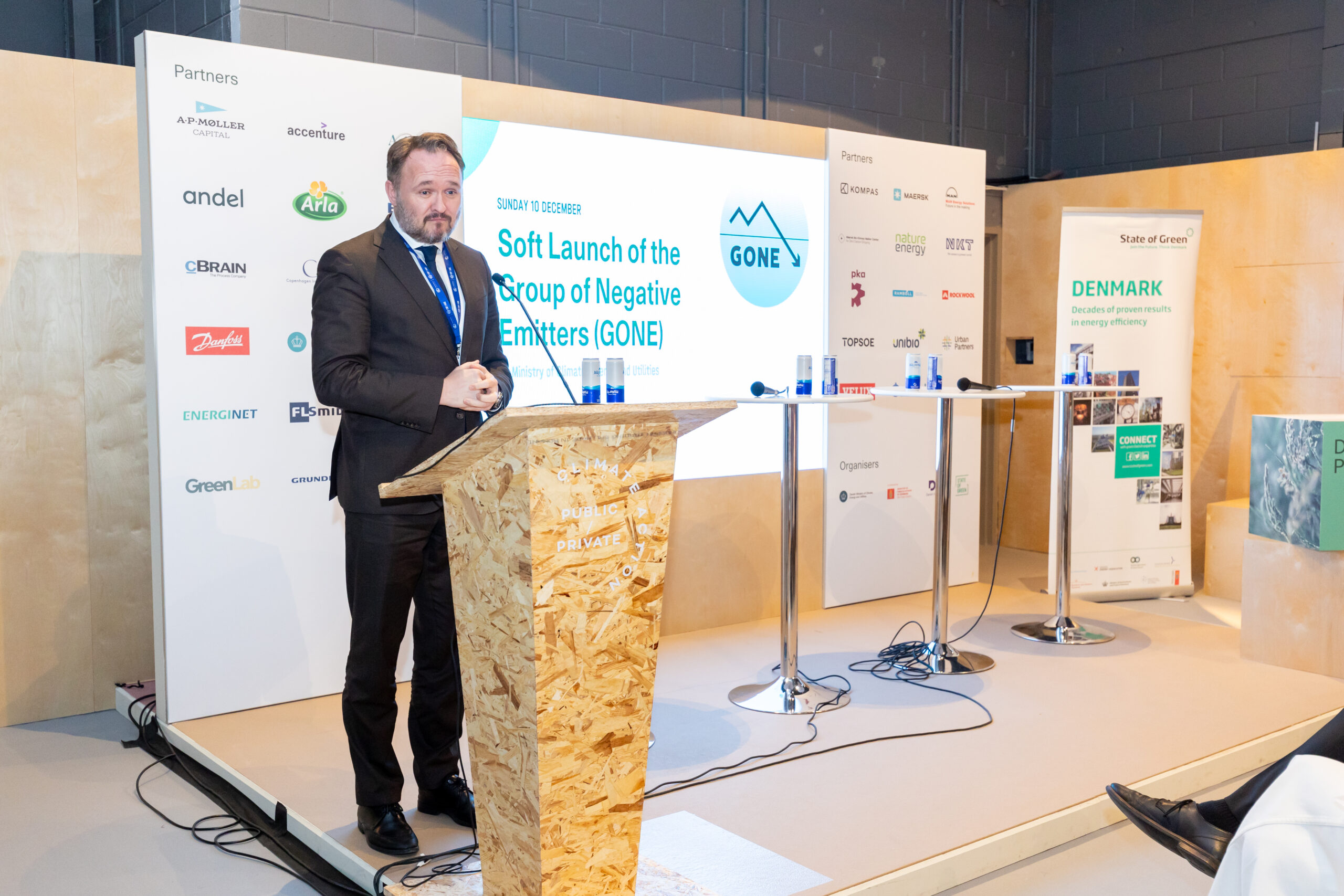Power-to-X and green hydrogen
Power-to-X (PtX) is a blanket term that refers to a set of technologies that convert renewable electricity into other forms of energy products. The ‘X’ represents different energy carriers or products that can be generated through this process, including hydrogen, e-fuels, chemicals, and materials. In Denmark, the term is used to signal that the product is not necessarily hydrogen; it could also be methane, ammonia, or synthetic fuels.
Today, nearly all hydrogen production is based on fossil fuels such as coal (brown hydrogen) or natural gas (grey hydrogen). Using renewable energy instead of fossil fuels to produce fuels and chemicals can contribute to significant CO₂ emission reductions. In Denmark, the focus is on producing hydrogen and hydrogen derivatives using only renewable energy, making Danish hydrogen exclusively green hydrogen.
The best use of hydrogen
When decarbonising light transport and space heating, direct electrification through battery-powered vehicles, district heating or electric heat pumps is the most cost-effective and energy-efficient pathway. Due to their energy losses, e-fuels are more efficient for areas where direct electrification is not possible or is associated with very high costs, such as long-distance flights, freight shipping, industrial high-temperature processes, and energy-intensive vehicles in agriculture and construction.
